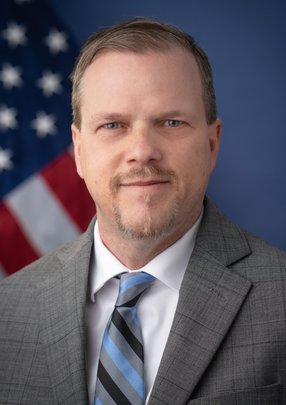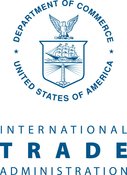
Gerald Caron
CIO at the ITA

Gerald Caron is the Chief Information Officer for the International Trade Administration. In this role, he implements information technology services, solutions and strategy for an agency of approximately 2,200 employees across 100 US cities and 80 international markets.
Caron has two decades of experience leading global teams in IT operations and cybersecurity. Before joining ITA, he was the Chief Information Officer and Assistant Inspector General of Information Technology at the U.S. Department of Health and Human Services during the height of the COVID-19 pandemic. He also served at the U.S. Department of State in various technical roles, including as Director of Enterprise Network Management, where he oversaw the Department’s infrastructure and operations (network, perimeter security, active directory and much more) and was extensively involved in mitigating cybersecurity attacks.
Speaking to Technology Magazine, Caron emphasises the pride he has for his career so far.
“After seven years in the Army, I became a contractor and I started answering telephones at a help desk. That's an entry-level position for most people, and I learned a lot from that, and I appreciated the work,” he says. “I still look back on it and it's one of the jobs that I'm glad that I did because without that I would probably not be where I am today. So, I take that appreciation for each job I've had, learn something from it and bring it with me as I go.
“To be answering telephones at the help desk, I would have never thought that I would become a senior executive in the federal government. It's not an easy path. There's a lot of rungs to that ladder, but I got there and it's just through hard work and perseverance that I think I did it.”
Assuming his position at the ITA around one year ago, Caron's mission in his role today is clear: to forge partnerships, align IT solutions with organisational objectives and drive modernisation efforts to meet evolving needs.
A significant aspect of this modernisation journey entails phasing out legacy technologies and transitioning to cloud-based solutions. By retiring outdated applications and embracing cloud technology, the ITA aims to enhance flexibility, streamline operations and improve the overall user experience.
“There are some legacy technologies that the team has been using because processes, procedures and even laws change,” Caron tells us. “As a result, it's necessary to update applications as new technology comes along. That mismatch of needs and drivers has us modernising a lot of things.
“Now, we are about to retire our last legacy application this year. We are completely in the cloud, which is nice because that makes things much easier, especially when it comes to flexibility, time to deploy and time to value for the end users.”
To enable this modernisation, Caron highlights the adoption of a Lean Agile Management Programme, which fosters collaboration between IT teams and business units, resulting in accelerated product delivery and enhanced responsiveness to evolving requirements.
“Before I got here they [the ITA] were using waterfall methods, and they had one major release in the whole year. This past year we have had 13 releases and some other minor releases. Following the process, creating partnerships and building communication has been very important and I think, as a result, it makes our organisation much better suited to do that.”
Read the full story HERE.


******
Make sure you check out the latest edition of Technology Magazine and also sign up to our global conference series - Tech & AI LIVE 2024
******
Technology Magazine is a BizClik brand







